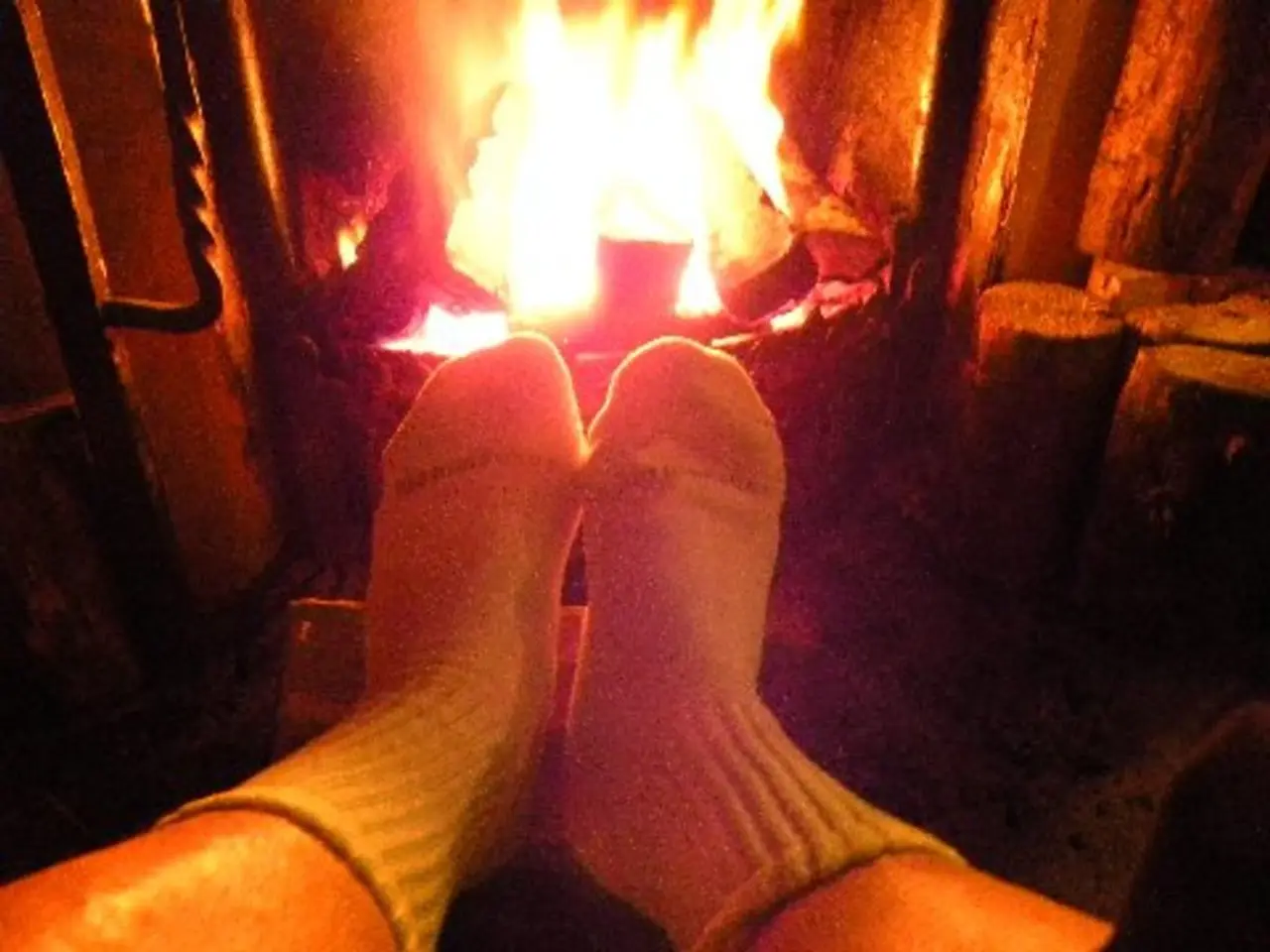Possible solutions for reducing leg swelling:
Heavy legs on hot days can be a common and uncomfortable experience, particularly for older people, pregnant women, overweight individuals, smokers, and those who spend a lot of time sitting at a desk. This phenomenon occurs due to the body's response to heat.
The Science Behind Swollen Legs
When temperatures rise, the body dilates blood vessels to release excess heat through the skin. However, this dilation can lead to a decrease in venous return, causing blood to pool in the legs and feet. Additionally, the increased permeability of blood vessels allows fluid to leak into surrounding tissues, leading to swelling and edema. The heat can also slow lymphatic flow, further contributing to fluid buildup and swelling in the extremities.
Relieving Swollen Legs
To alleviate heavy legs and swelling, there are several strategies you can consider. Firstly, staying hydrated by drinking plenty of water helps maintain a healthy fluid balance and supports circulation. Minimizing heat exposure by staying indoors during the hottest parts of the day and using air conditioning or cold compresses can provide relief.
Elevating your legs above the level of your heart can improve circulation and reduce swelling. Regular physical activity, such as walking or stretching, helps maintain blood flow. Simple exercises like calf raises can be beneficial.
Dietary adjustments can also play a role in managing swollen legs. Avoiding foods and beverages that can slow lymphatic flow, such as sugary or salty items, can help. Compression and support, like wearing compression stockings, can help improve circulation and reduce swelling.
When to Seek Medical Advice
If the swelling feels warm, hurts, or only one leg is affected, it is advisable to consult a doctor. A bluish or reddish discoloration of the lower leg or foot should be checked immediately. Swollen legs can indicate a venous thrombosis, a serious illness where a blood clot blocks a vessel.
On hot days, the body uses a strategy to cool itself down by widening blood vessels, allowing more blood to flow to the extremities. This widening of blood vessels on hot days leads to a drop in blood pressure, which is most noticeable in the legs, causing feet, calves, and other parts to feel heavy.
While sitting at a desk all day should be broken up with at least one hourly stand and walk, this widening of blood vessels on hot days can be a natural response to help the body cool down. However, if you are experiencing heavy legs or swelling, the strategies mentioned above can help alleviate these symptoms.
Sources:
- Federal Institute for Public Health, Health & active aging portal
- Hesse Chamber of Pharmacists
- Mayo Clinic
- National Heart, Lung, and Blood Institute
- British Heart Foundation
- The dilation of blood vessels due to heat, as part of the science of workplace-wellness and health-and-wellness, can lead to reduced venous return and pooling of blood, causing swollen legs and feet.
- Fitness-and-exercise, such as regular walks or calf raises, can help maintain blood flow and alleviate the symptoms of swollen legs by stimulating the lymphatic system and improving circulation.
- Mental-health is also linked to physical health, and the stress of dealing with uncomfortable conditions like swollen legs can be eased by various therapies-and-treatments, like deep breathing exercises or meditation.
- Skin-care practices involving the application of cooling gels or lotions onto the affected area can help provide immediate relief from the discomfort of swollen legs, making them an essential part of health-and-wellness routines on hot days.




